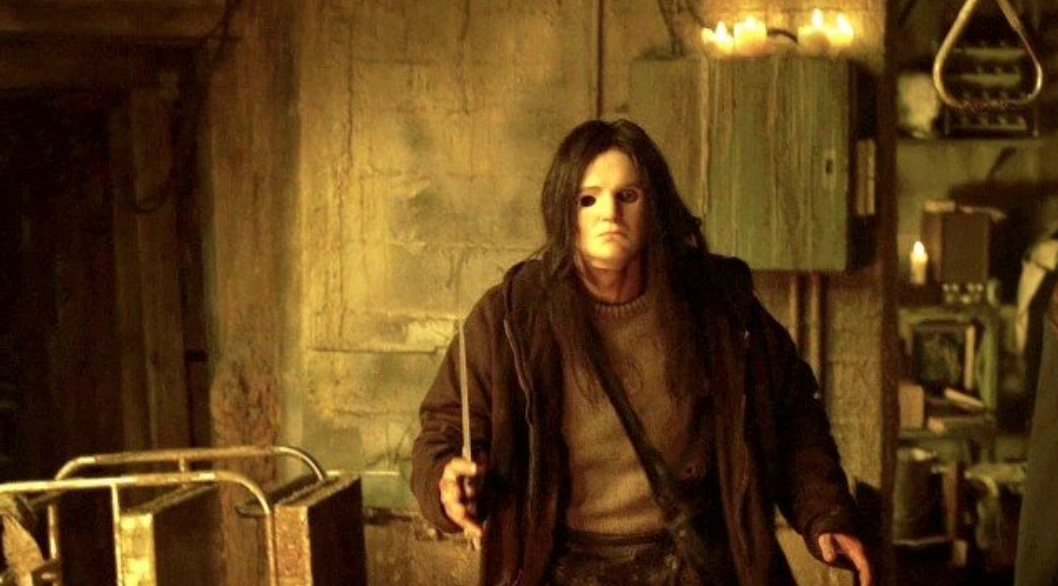The Evolution of 2000s Horror Soundtracks
Image Courtesy: Final Destination Wiki
If you’re a fan (like me!) of the gory and absurd deaths that occur in films like Final Destination or classic teen horror comedies like Jennifer’s Body, you know that 2000s horror flicks share one thing in common: memorable and nostalgic soundtracks that perfectly accompany every victim’s gruesome demise.
In the early 2000s, various horror films (many of which are now seen as classics) were just beginning to debut to audiences around the world. In the supernatural horror film Ginger Snaps (2000), 16-year-old Ginger Fitzgerald’s teenage moodiness and adolescent anger towards the world, boys, puberty, and high school is further exacerbated by the intense and aggressive soundtrack which includes songs from heavy-metal artists like Fear Factory, Cradle of Filth, and Hatebreed. Queen of the Damned (2002), adapted from Anne Rice’s The Vampire Chronicles series and starring 90’s R&B singer Aaliyah, focuses on a vampire who becomes the lead singer of a rock band. The seductive and arcane nature of the film is fittingly paired with contributions from artists like Marilyn Manson, Disturbed, Papa Roach and most notably, Deftones with their song, “Change (In the House of Flies)”. In the Saw franchise, viewers were presented with a new sub-genre which consisted of body and torture horror, coined “torture porn” by critics. Complementing the experimental and grunge aesthetics of the first installment, Saw (2004) consists of a soundtrack packed full of electro-industrial sounds and alternative metal influences. “Sturm” by Front Line Assembly serves as a fitting opening track to set the overall mood of the film’s original soundtrack as well as encapsulating its grisly and squalid aesthetics through sound.
Image Courtesy: Frame Rated
House of Wax (2005) serves as the perfect medium between the early 2000s commonality of heavy metal-like soundtracks and the late 2000s obsession with pop and emo punk music. Despite featuring familiar artists like Deftones, Marilyn Manson, and even new wave/post punk sounds from Joy Division, My Chemical Romance’s “Helena”, named one of NME’s “20 Greatest Goth Tracks”, is featured in the end credits of the film, subtly marking the transition and differences between early and late 2000s soundtracks.
Image Courtesy: GBHBL
As we get later into the 2000s, teen movies like Twilight (2008) and Jennifer’s Body (2009) that embrace elements of horror gravitate towards the inclusion of pop-punk and emo-pop artists in their soundtracks. Both of these films include songs on their respective original motion picture soundtracks from Paramore vocalist Hayley Williams with tracks “Decode” and “Teenagers”. Additionally, pop-punk band Panic at the Disco contributed a single titled “New Perspective” to promote Jennifer’s Body that serves as the second track on the film’s album. Of course, there are a few outliers during this time, with Saw VI (2009) going back to early 2000s roots and including 90s metal bands, Kittie and Type O Negative, on the official soundtrack.
Image Courtesy: Cosmopolitan
This trend and evolution of horror soundtracks can most likely be attributed to the demographics in which these horror movies are marketed towards, teenagers and young adults. In an attempt to stay up to date, catering to young audiences, as well as staying true to horror aesthetics, films incorporate the usage of alternative, yet popular bands to accompany their productions. Personally, horror have always been my preferred genre, but the atmosphere created in by 2000s horror films and their soundtracks will always be one of my favorites.
Strike Out,
Writer: Jayna O
Editor: Lexi Fernandez
Tallahassee




